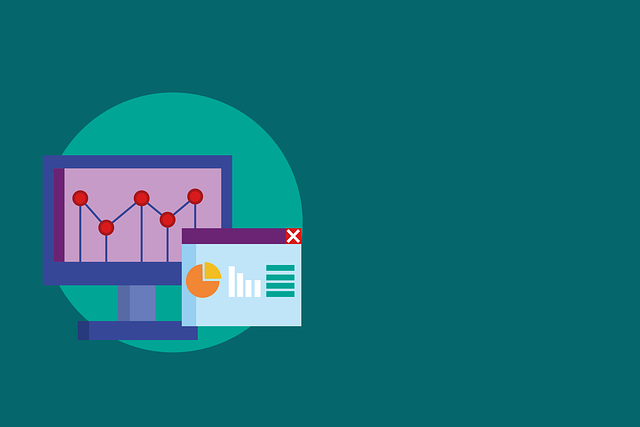AI-driven food photography optimization is a game-changer in culinary marketing, offering advanced algorithms for automated lighting, color correction, and composition adjustments, streamlining workflows, reducing costs, and enhancing image quality. This technology goes beyond basic editing with intelligent recipe visualization and augmented reality integrations, enabling brands to create immersive experiences that elevate visual storytelling. By optimizing visual content, businesses build captivating online presences on e-commerce platforms and social media, fostering brand loyalty through stunning visuals that drive customer engagement in today's competitive market.
In today’s competitive market, AI-driven food photography optimization is revolutionizing content creation. This article explores how artificial intelligence transforms operational efficiency in the food industry, from enhancing visual content to streamlining workflows and reducing costs. We delve into the impact of AI on business growth, focusing on its ability to drive innovation and increase customer engagement. By understanding the role of AI in food photography, businesses can harness its potential to stay ahead in a dynamic landscape.
- Understanding AI's Role in Food Photography: Enhancing Visual Content Creation
- Optimizing Operational Efficiency: Streamlining Workflows and Reducing Costs
- AI's Impact on Business Growth: Driving Innovation and Customer Engagement
Understanding AI's Role in Food Photography: Enhancing Visual Content Creation

In the realm of culinary marketing, high-quality visual content is paramount for captivating audiences and conveying a product’s essence. This is where AI-driven food photography optimization steps in as a game changer. By leveraging advanced algorithms, AI enhances traditional food photography techniques, enabling professionals to create stunning images that accurately represent flavors, textures, and aromas. These technologies can automate various tasks, from lighting adjustments and compositing to color correction, ensuring consistency and efficiency throughout the content creation process.
AI-driven optimization goes beyond basic image editing, offering sophisticated features like intelligent recipe visualization and augmented reality integrations. This allows brands to showcase their dishes interactively, providing potential customers with a more immersive culinary experience. With AI, food photographers can explore innovative ways to present meals, experiment with different perspectives, and incorporate dynamic elements, ultimately elevating the visual storytelling aspect of food marketing and engaging audiences in exciting new ways.
Optimizing Operational Efficiency: Streamlining Workflows and Reducing Costs

In today’s competitive market, businesses are constantly seeking ways to enhance operational efficiency and reduce costs. Artificial Intelligence (AI) offers a powerful solution through AI-driven food photography optimization. By leveraging advanced algorithms and machine learning techniques, companies can streamline their workflows, from image capture to post-processing. This technology enables faster production times, consistent quality, and reduced manual labor costs, ultimately improving overall operational efficiency.
For instance, AI can automate the selection of optimal camera angles, lighting conditions, and composition for food photography, eliminating the need for multiple retakes and manual adjustments. Additionally, AI algorithms can enhance images with minimal human intervention, ensuring visually appealing and high-quality results. This not only saves time but also reduces waste generated during the traditional photography process.
AI's Impact on Business Growth: Driving Innovation and Customer Engagement

Artificial Intelligence (AI) is revolutionizing business operations, and its impact on growth is profound. By leveraging AI technologies, companies can drive innovation and enhance customer engagement in myriad ways. One such area is AI-driven food photography optimization, which has emerged as a powerful tool for businesses in the culinary industry. With advanced computer vision algorithms, AI can analyze and process images to improve visual content quality and consistency. This enhances the overall presentation of dishes, making them more appealing to customers.
Moreover, AI can automate various tasks related to food photography, such as image enhancement, color correction, and background removal, saving significant time and resources for businesses. By optimizing their visual assets, companies can create a more captivating online presence, whether it’s on e-commerce platforms or social media channels. This not only drives customer engagement but also fosters brand loyalty by delivering high-quality, visually stunning content that showcases their culinary creations.
AI is transforming business operations, and its impact in food photography is a compelling example. By leveraging AI-driven techniques for visual content creation, companies can enhance their marketing strategies through captivating and optimized images. Streamlining workflows and reducing costs with AI brings operational efficiency, while its ability to drive innovation and customer engagement paves the way for sustainable business growth. Incorporating AI-driven food photography optimization into your strategy is a step towards staying competitive in today’s digital market.
